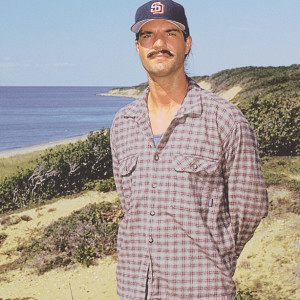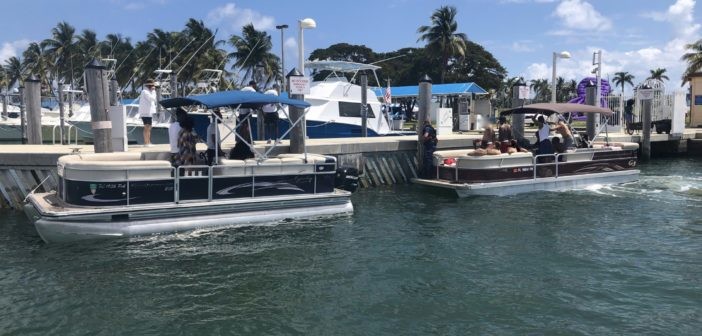The education that recreational boaters can receive when communicating with merchant mariners over the VHF-FM radio can and sometimes goes beyond the simple need to stand a reasonably attentive radio watch, which is simply one element of a proper navigation watch.
The better understanding that rec boaters have of what is going on around them the more likely that they will not inadvertently and unnecessarily put themselves in harm’s way. Doing this not only jeopardizes them but everyone else. If the opportunity is there to help recreational boaters it should be taken advantage of.
An area that still needs significant improvement are vessels that have no need (because of their small size and shallow draft) of navigating in a channel but choose to do so anyway. Why does this happen so frequently? Sometimes it’s boaters that have an overblown sense of self-importance or entitlement who know just enough of the Navigation Rules to try to justify their actions. You can usually tell if that’s the case when you get them on the radio. But I believe that most boaters simply don’t recognize the dangers. They are unfamiliar with the waters they’re navigating on, or their navigation and collision-avoidance skills are generally shaky, so they cling to the channel markers out of anxiety and fear. How many times have I had to exit the extensively marked channel while towing a loaded tank barge on Delaware Bay to get past a yacht or sailboat with far less draft that was in the channel? Too many. If I’ve got the room and the depth for it, then they certainly do and then some.
Of course, it’s all about your draft. And that’s something I regularly teach to trainees. Aids to navigation sometimes mark areas that we must stay within, but more often they are just a handy reference that we can pass safely to either side of to varying degrees. It’s like a sidewalk along a busy road.
That’s why having a detailed knowledge of the waterways that you regularly navigate is so important, for both professionals and amateurs.





